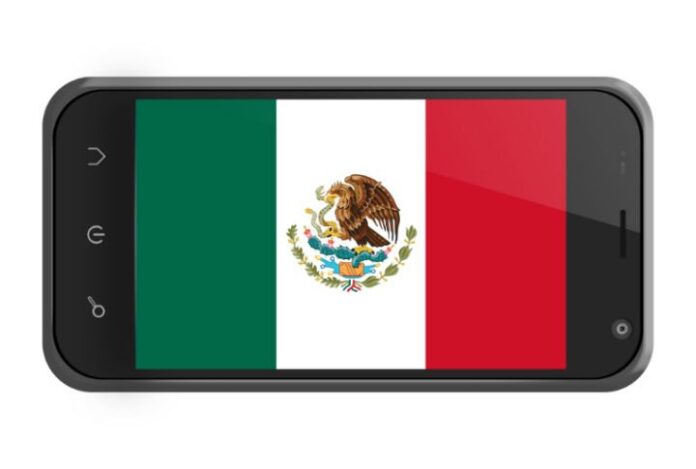AT&T is looking to expand its empire south of the border, announcing late Friday that it plans to by Mexican mobile carrier Iusacell for $2.5 billion including the assumption of debt.
The deal is set to close following Grupo Salinas, which is the current owner of 50% of Iusacell, closing on its acquisition of the remaining stake in the carrier it does not current own. In 2011, Mexican media company Televisa purchased a 50% stake in Iusacell for $1.6 billion. Iusacell’s headquarters are slated to remain in Mexico City following closing on the deal.
For its $2.5 billion, AT&T will be acquiring Iusacell’s wireless properties, including licenses, network assets, retail stores and approximately 8.6 million subscribers. Iusacell currently operates a 2G and 3G network using GSM/UMTS technology covering around 70% of Mexico’s population under the Iusacell and Unefon brands.
The network taps into Iusacell’s spectrum portfolio that includes between 20 megahertz and 25 megahertz of 800 MHz spectrum primarily in the southern half of the country, including Mexico City and Guadalajara, and an average of 39 megahertz of 1.9 GHz spectrum covering all of the country.
AT&T touted the network and geographic synergies aspects of the deal, noting that Iusacell’s network technology and spectrum align with AT&T Mobility’s network and that when combined the carrier will have a “North American mobile service area.”
“We think CEO Randall Stephenson is making the right move by entering an adjacent market to his core southwest assets and where there could actually be some roaming, revenue and cost synergies,” explained Macquarie Capital in a research note.
AT&T also noted that smartphone penetration across Mexico was about half that in the U.S., opening up strong possibilities to grow high-revenue customers. In addition, economies of scale were mentioned in allowing the combined entity to procure better pricing from vendors.
“Mexico is early in its wireless data buildout and AT&T sees the same opportunity for growth there as they have seen here in the U.S. marketplace over the last seven years,” explained telecom industry analyst Jeff Kagan.
Spain’s Telefónica earlier this year admitted that it was in talks to potentially acquire Iusacell in a deal valued at around $4 billion. Telefónica is currently the No. 2 telecom company in Mexico followed by Iusacell at No. 3. Both trail América Móvil, which has about 70% of the market share. However, América Móvil is expected to be reducing its share in the future following the implementation of a new Mexican telecom reform law that forbids telecom companies from controlling more than half of the market.
The Iusacell offer came as bit of a surprise as many had seen AT&T instead making an offer for part of América Móvil’s operations in the country, which some think could still be on the table. Macquarie noted in its research report that AT&T will need to invest billions of dollars into Iusacell in order to make the operator competitive and that it will likely look to pick up some of América Móvil’s required divestitures to help balance out the expense.
Analysts also noted that AT&T could be looking to pair regulatory approval on this deal with its previously announced DirecTV plans, which include DirecTV’s operations in Latin America. That deal is currently in a holding pattern as regulators work through confidentiality agreements with a number of media companies.
Capex update
Separate from the deal, AT&T said it expects capital expenditures to hit a high-water mark this year due to its extensive Project VIP program, with capex dropping in 2015 to a “mid-teen” percentage of its total revenues. AT&T is expected to post around $74 billion in total revenues for both 2014 and 2015. Full-year 2014 capex is expected to come in at around $21.5 billion, with 2015 spending expected to dip to between $18.5 billion and $20.6 billion.
As part of wrapping up the Project VIP program, AT&T Mobility recently surpassed 300 million pops covered with IP-based LTE services. Analysts have expected AT&T to begin slowing wireless spending once the carrier hit the 300 million pop threshold, with further focus shifting to bolstering network density.
Analysts appeared a bit cautious on AT&T’s latest move linked to potential financial implications moving forward.
“Until management articulates more details about the transaction with an updated strategic outlook, however, we retain our ‘hold’ rating,” explained Canaccord Genuity analyst Greg Miller.
Bored? Why not follow me on Twitter
Photo copyright: lculig / 123RF Stock Photo

